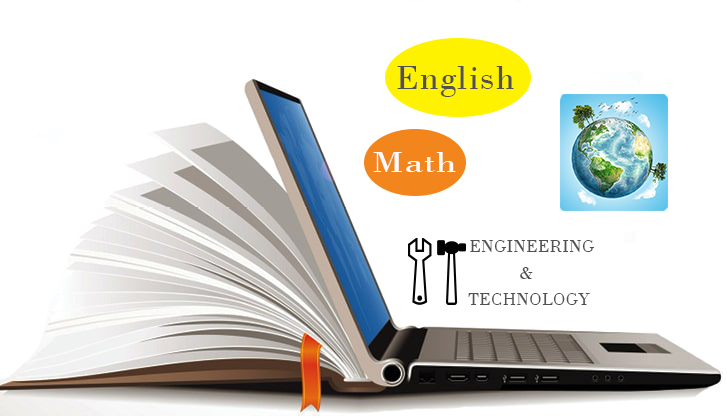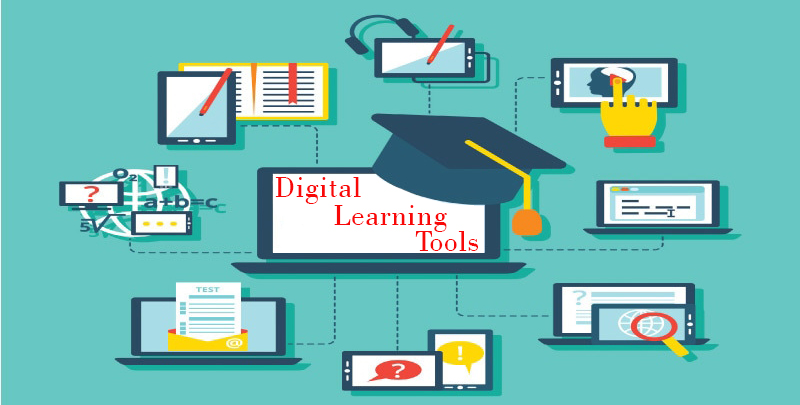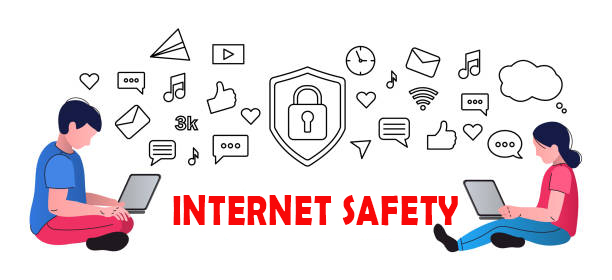Digital Learning Trigger in Kenya

Digital learning is a household name in the world today. In Kenya, E-learning programs have been in existence in institutions of higher learning. People can easily go through their degree programs in the online space. Nonetheless, the concept of mobile learning and digital education is very new in the lower levels of education. The government had idealized digital learning through the president's Digital Learning Program (DLP) in 2013, as well as the laptop program for schools. However, that is not exactly how we got to where we are with the concept today. A global pandemic is either to blame or applaud for the appreciation that online learning gets in the country today.
On 31st December 2019, a virus that came to be identified as SARS-CoV-2 (Coronavirus 2019) was detected in China and rapidly spread across the globe. In Kenya, the first case was reported on 13th March 2020, two days later, on 15th March 2020, education was paralyzed by schools being closed indefinitely.
This was a new frontier that none of us – the government, schools, parents, and students - were prepared for. It was not until 12th October that schools began to partially open. Several countries including the USA, Canada, and Britain shifted to online platforms including Zoom and Google Meet to deliver classes via video conferencing. Applications such as Google Classroom came in handy in managing these online classes. In Kenya, very few schools adopted online learning; instead, students carried on reading their books, relying on classmates and volunteer teachers for assistance. Mobile apps such as WhatsApp Groups were adopted by students as forums. Were we prepared for such a disruption, and if not, will we be prepared if another happens?
The debate on digital education has been in existence since its potential was idealized years ago. Today there are many education systems and learning platforms that support and provide online education. The main focus of these systems has been to instil knowledge and skills on various fields, including business management, software development, languages, and more. The main target of these learning platforms has overtime been young and older adults seeking to add to their knowledge, and even make a living out of the skills gained. This focus has gradually shifted to pre-primary, primary, and secondary schools. Globally, these platforms have been slowly adopted and appreciated. However, they have been integrated as a complementary system to the traditional, face-to-face teaching and learning.
The need for digital learning has never been more surreal and pronounced, than in the Covid-enforced lockdown in 2020. Parents, teachers, learners and other stakeholders in the education sector realized just how important digital education is in the general scope of academic dispensation. Technology-aided teaching and learning is the new frontier in shaping the next generation. It is a concept that we can no longer hide away from. Nobody can bury their head in the sand and presume its absence. On Esoma-KE platform, we will take you through the journey of online learning, and we will shape the future together.



